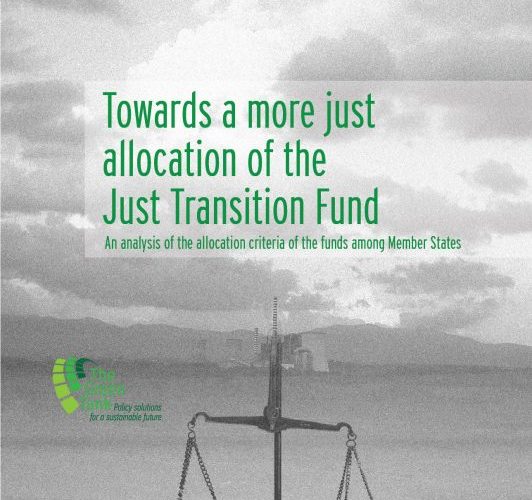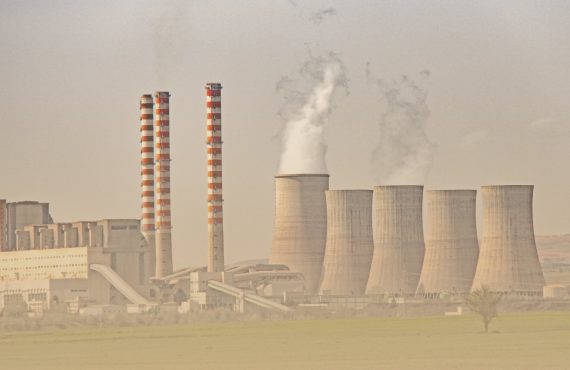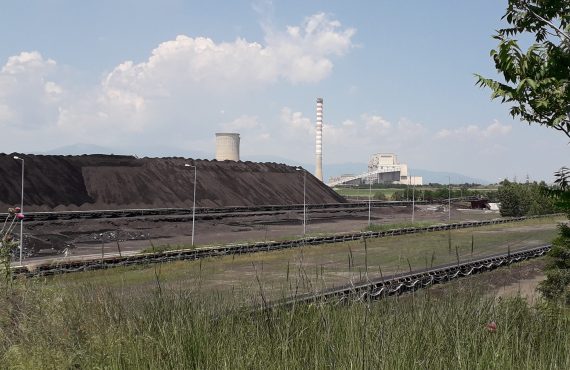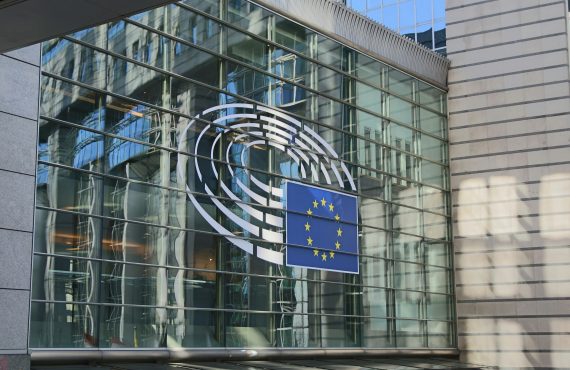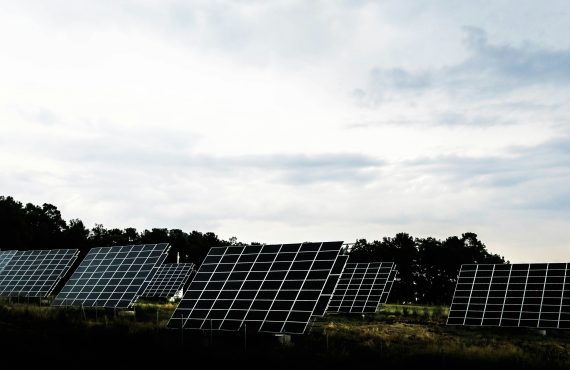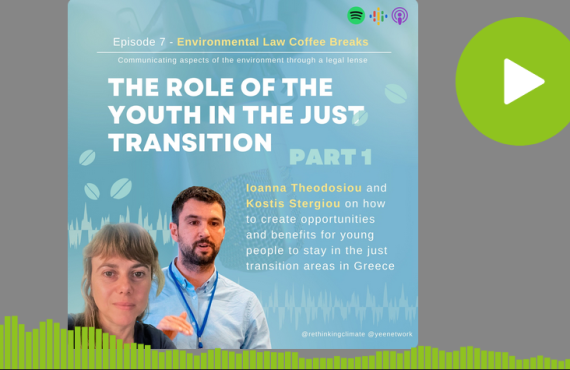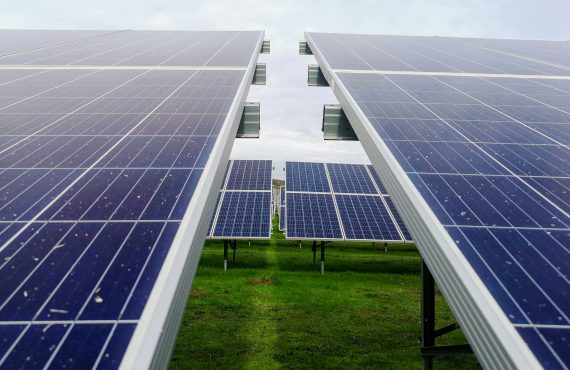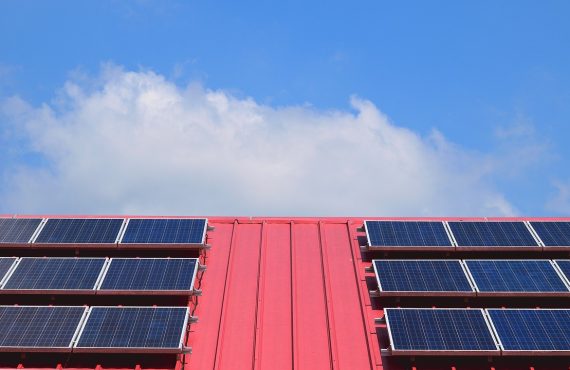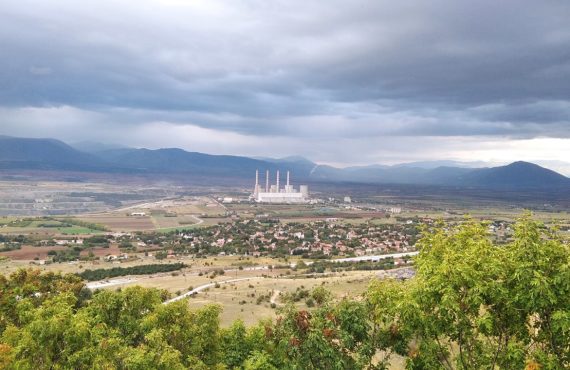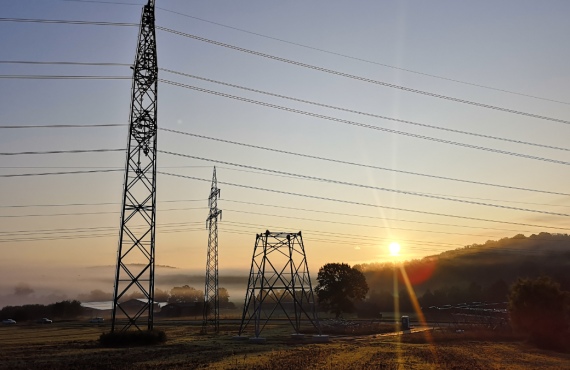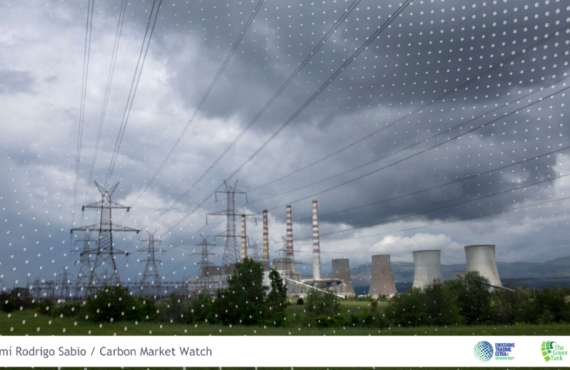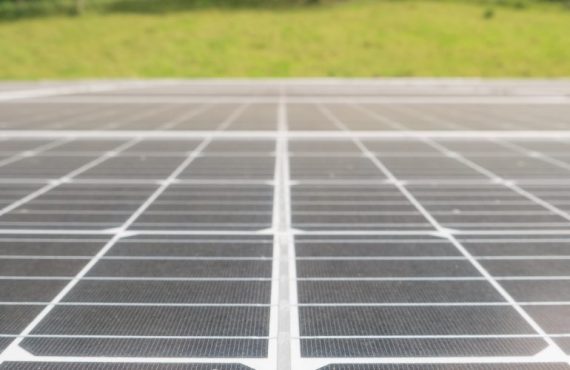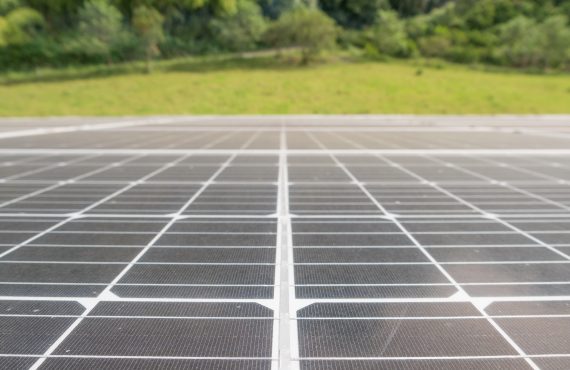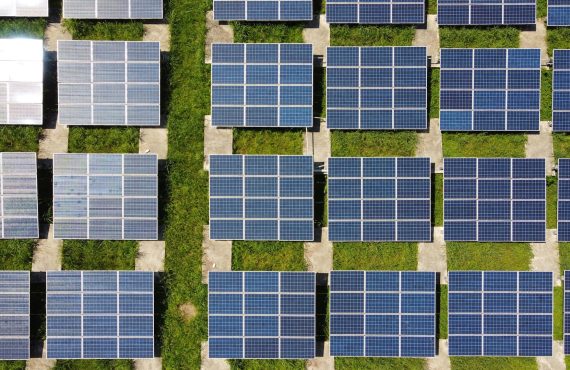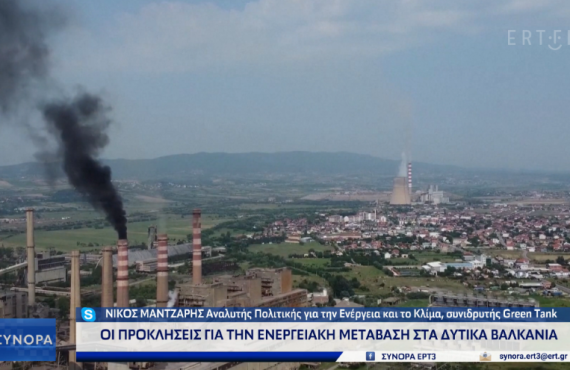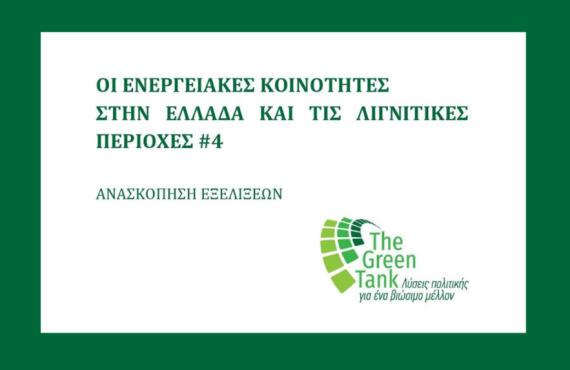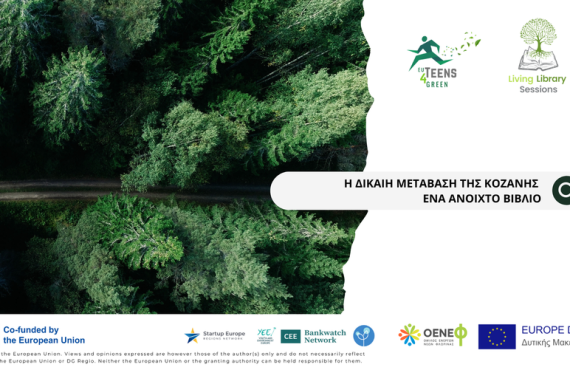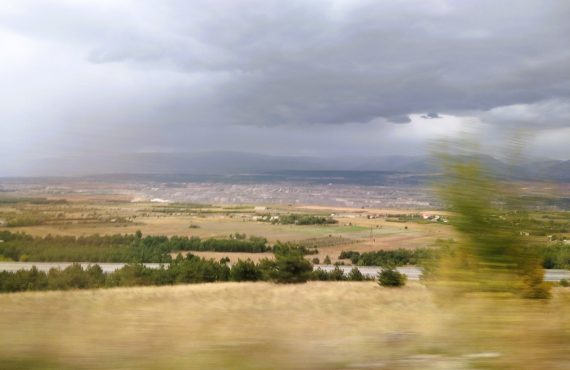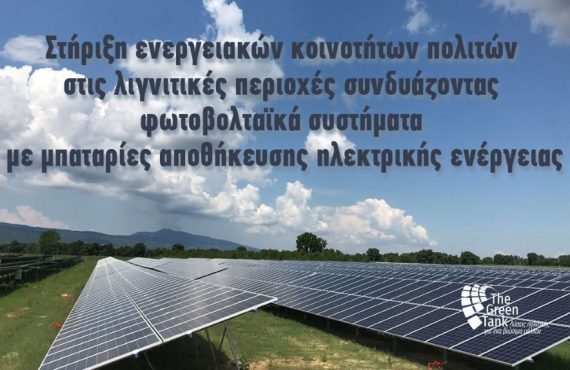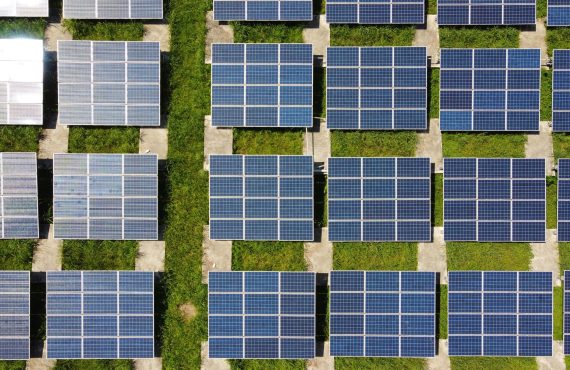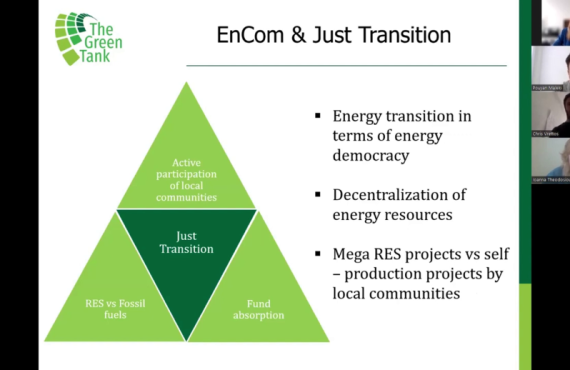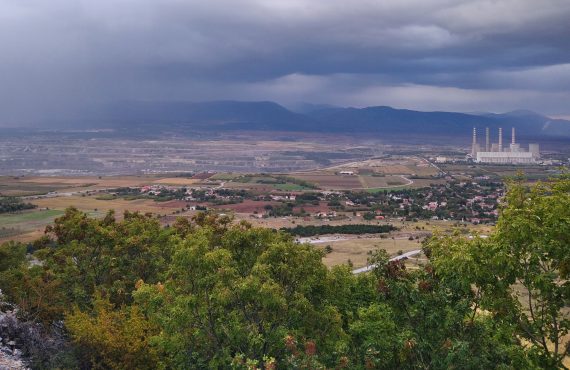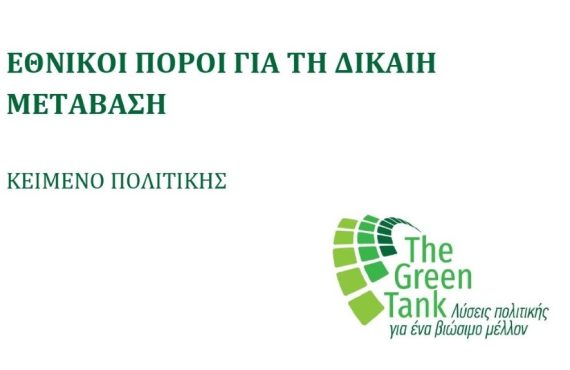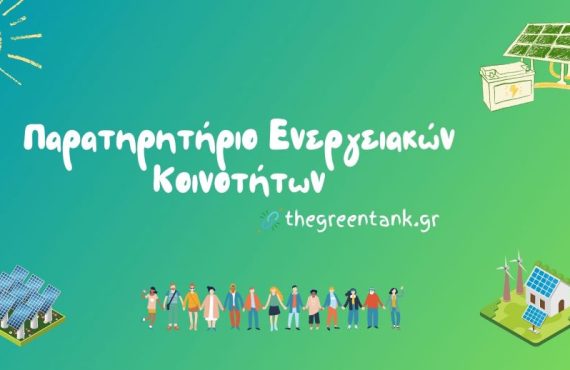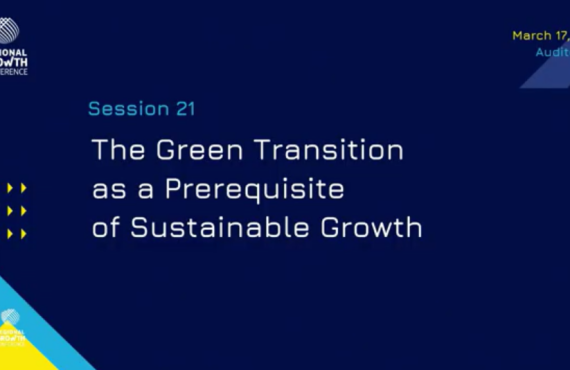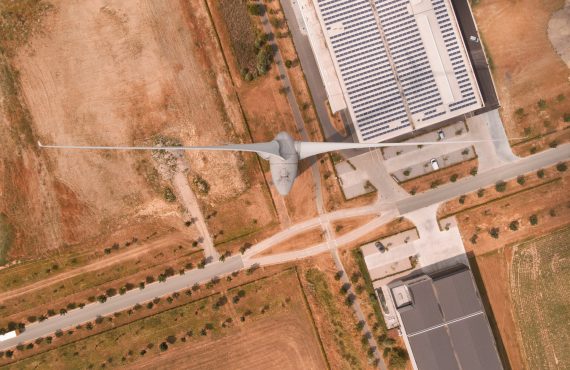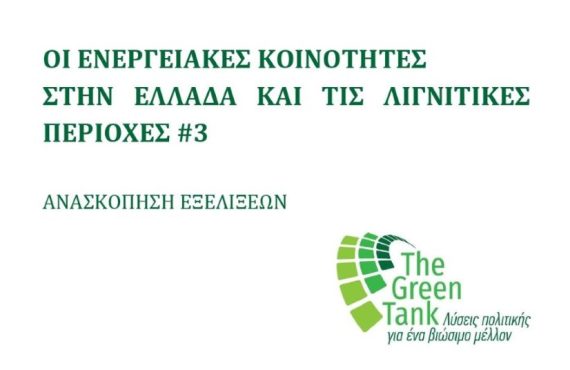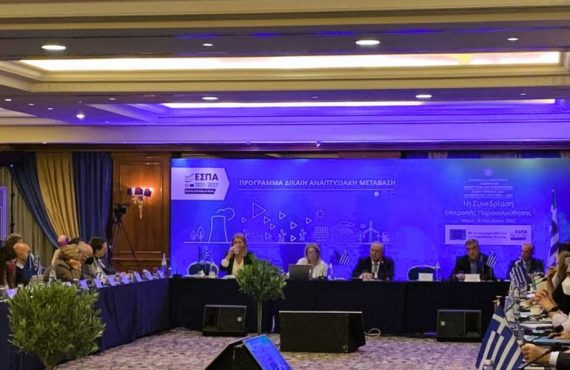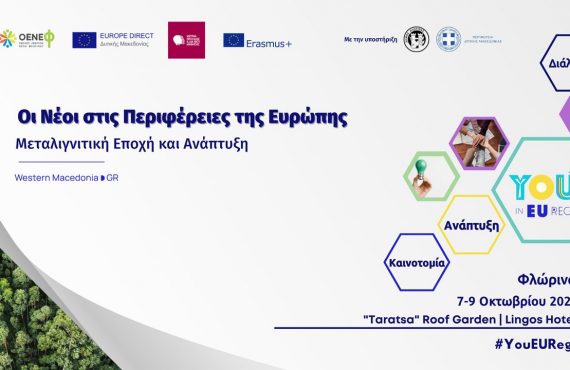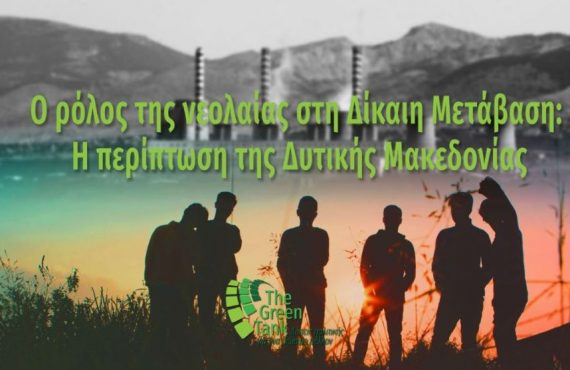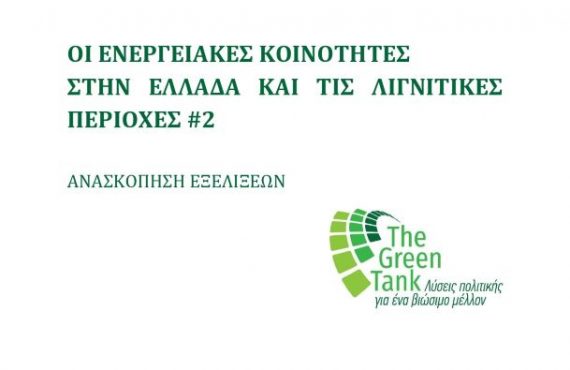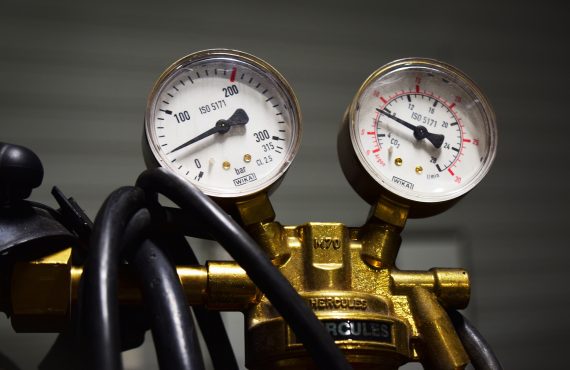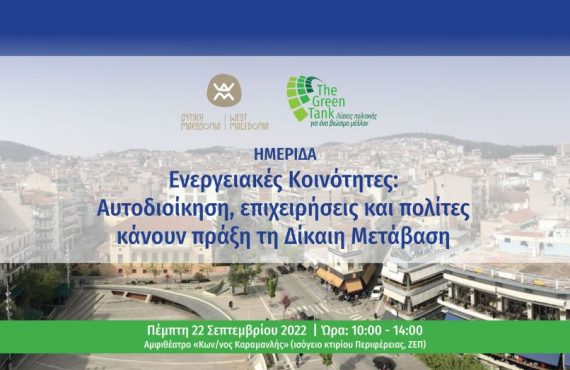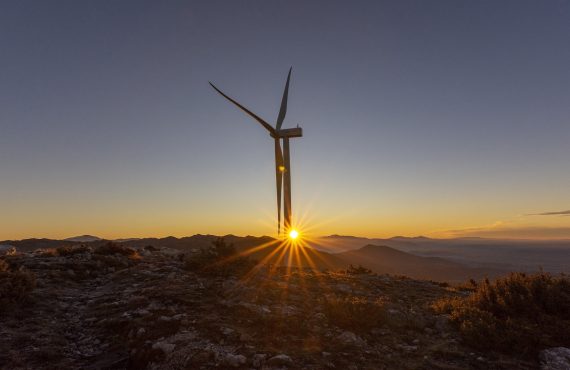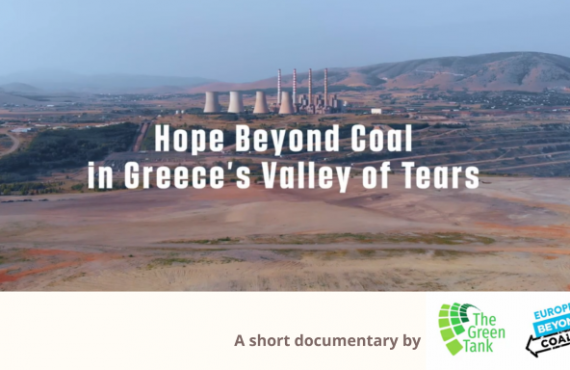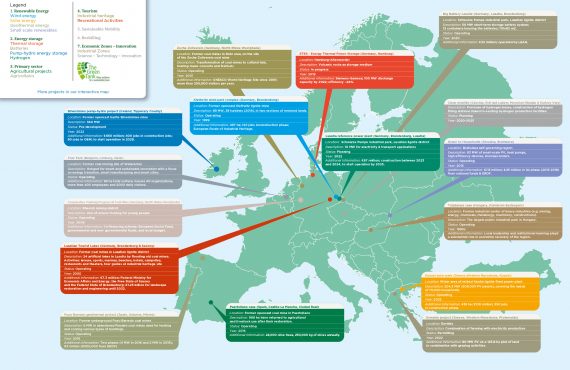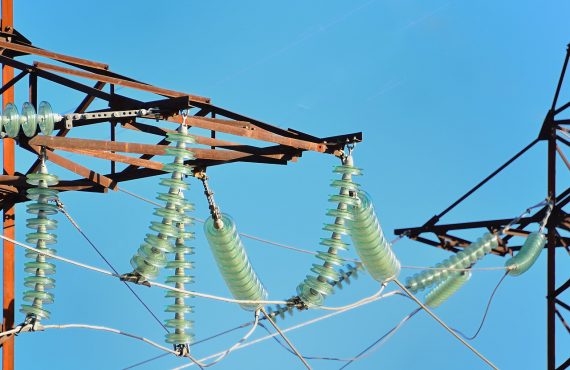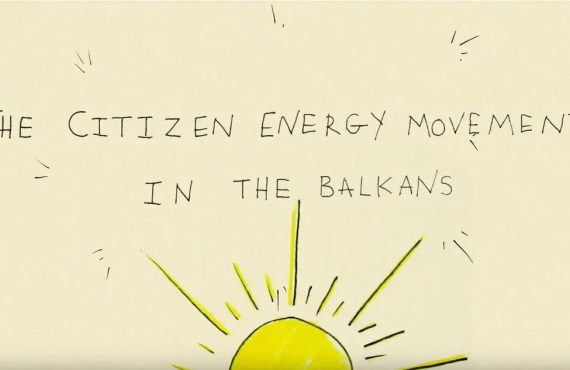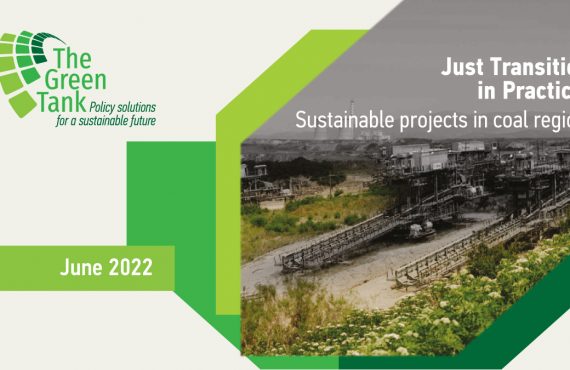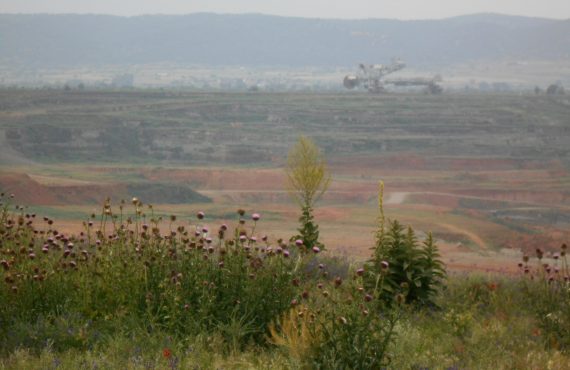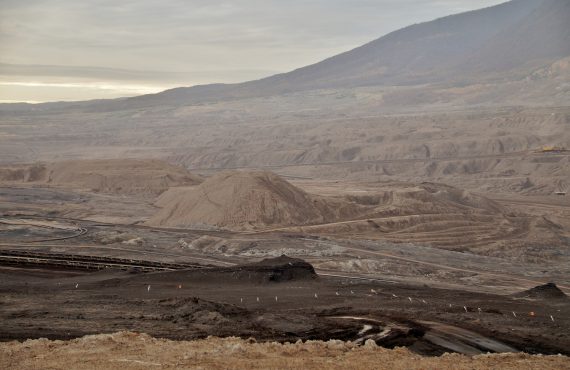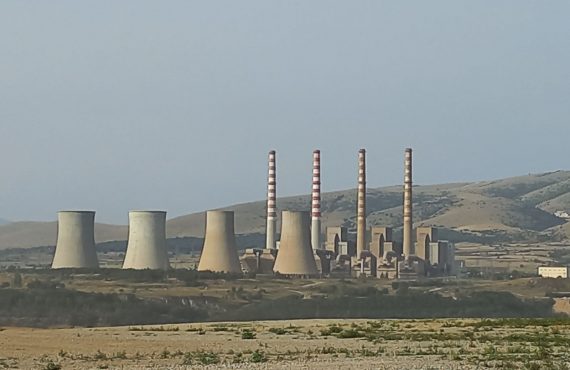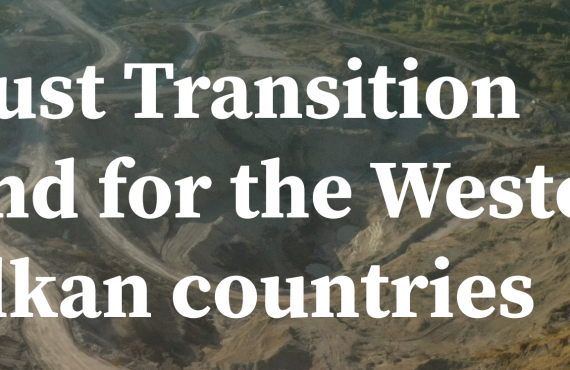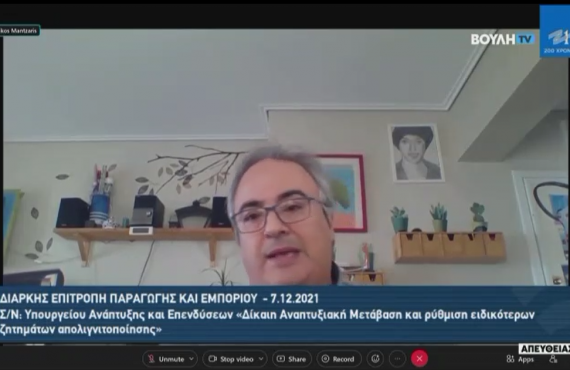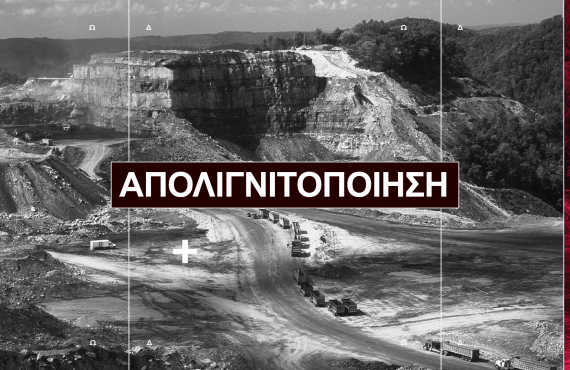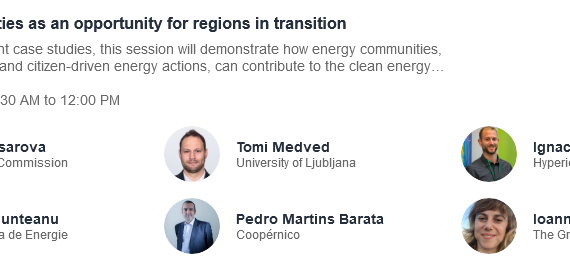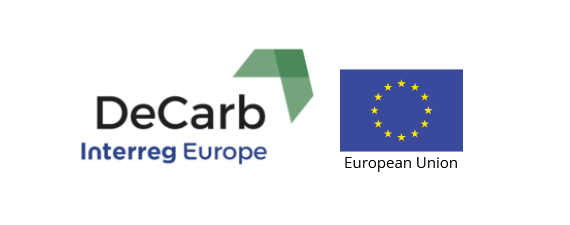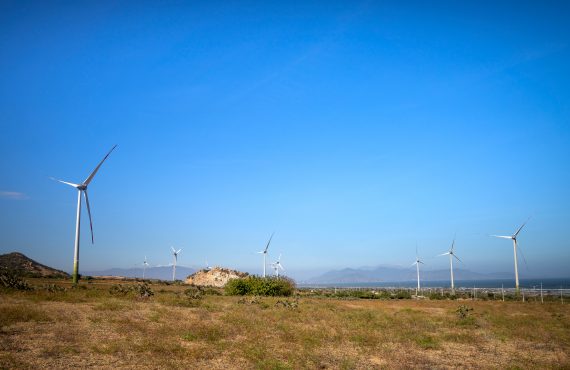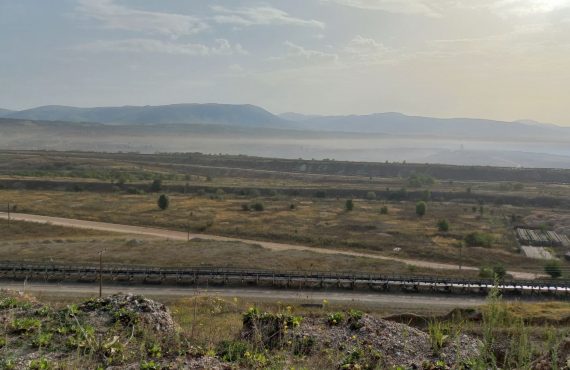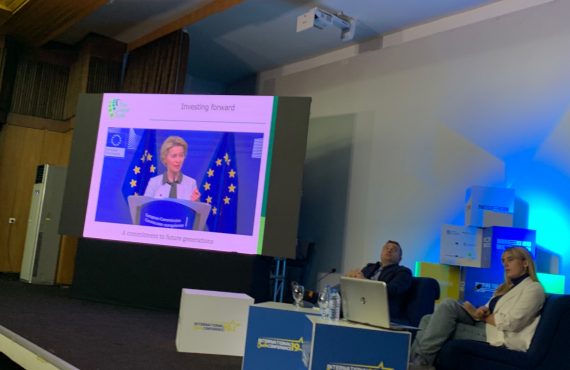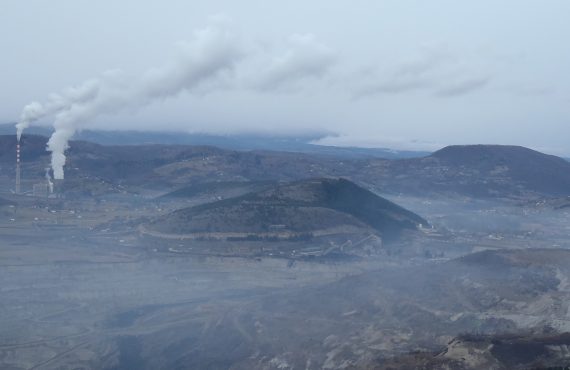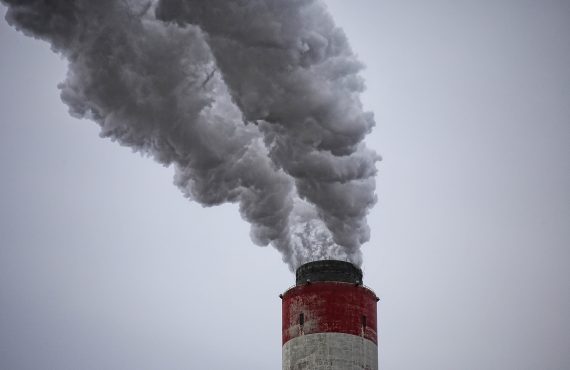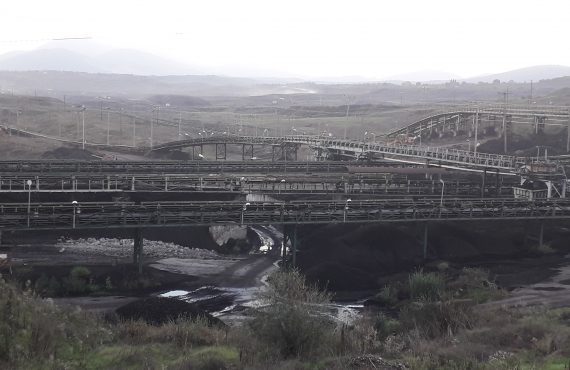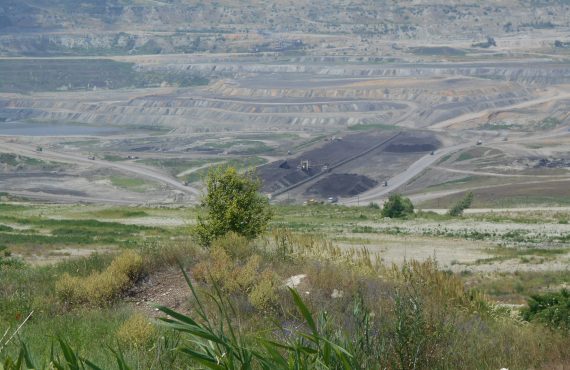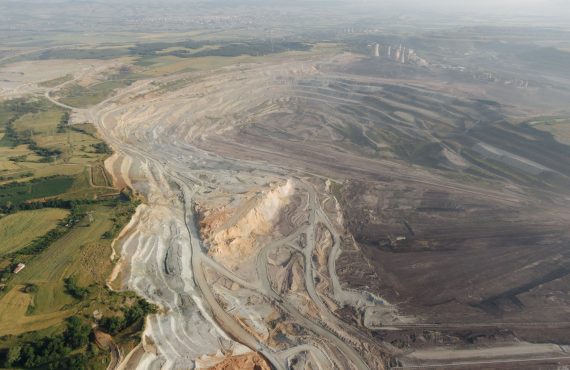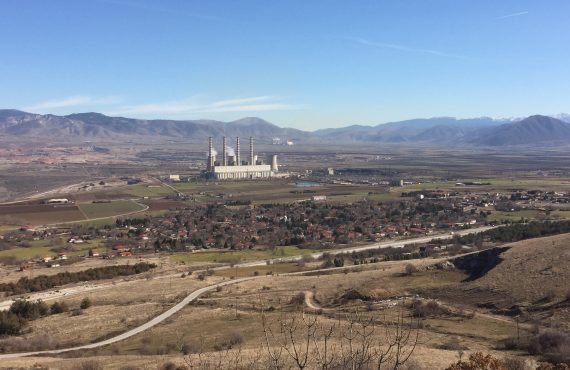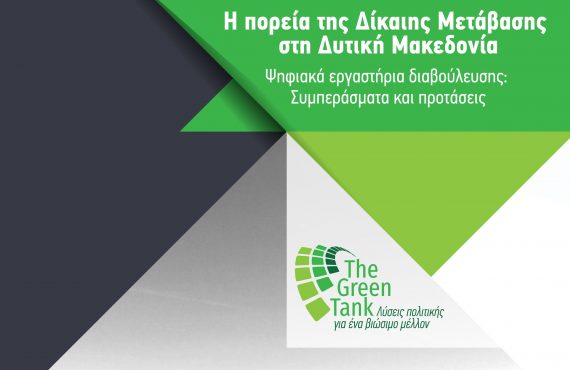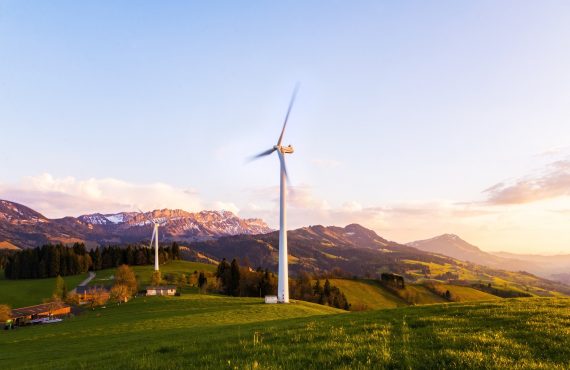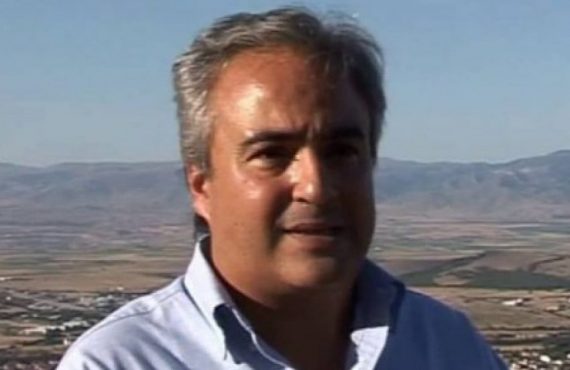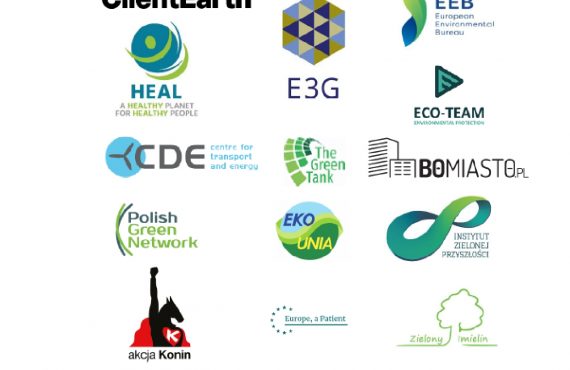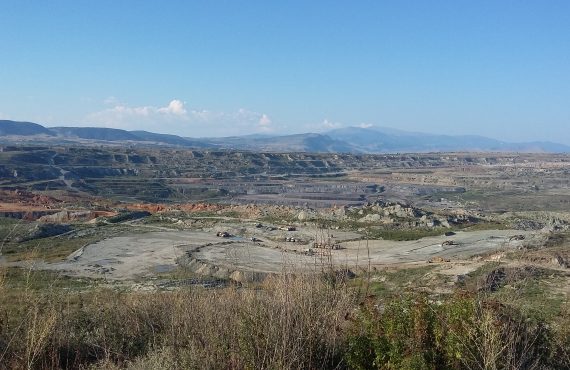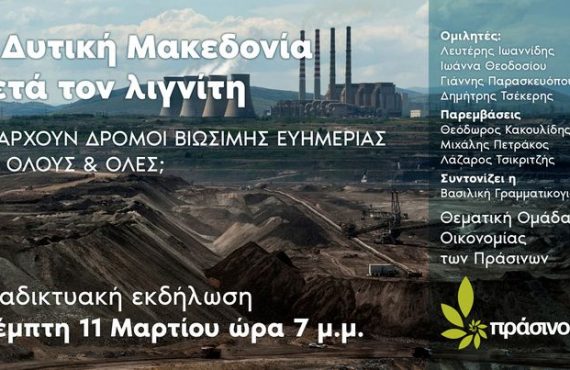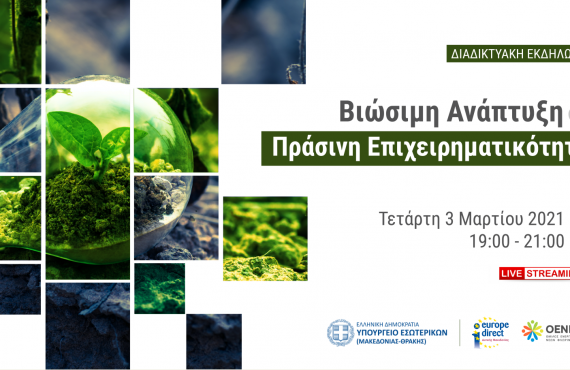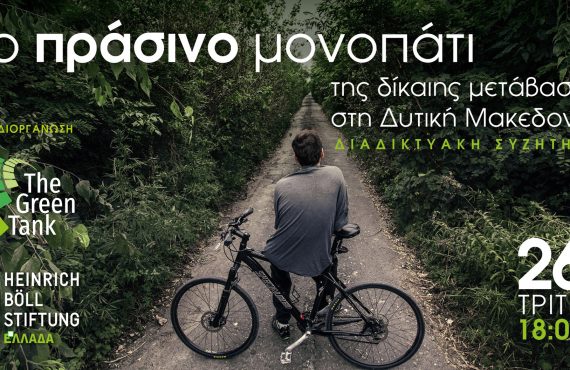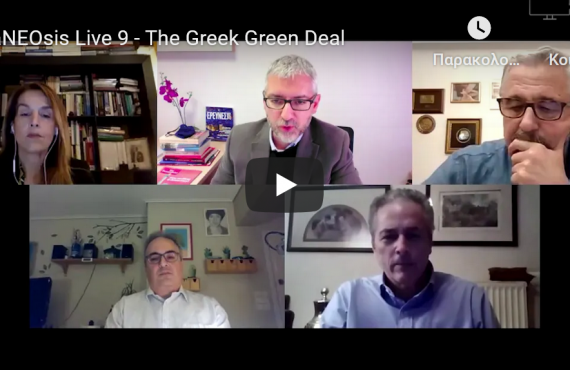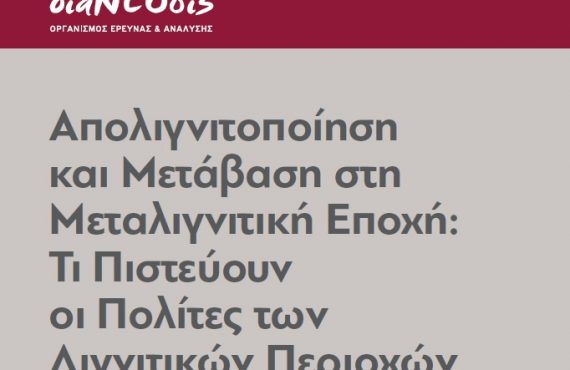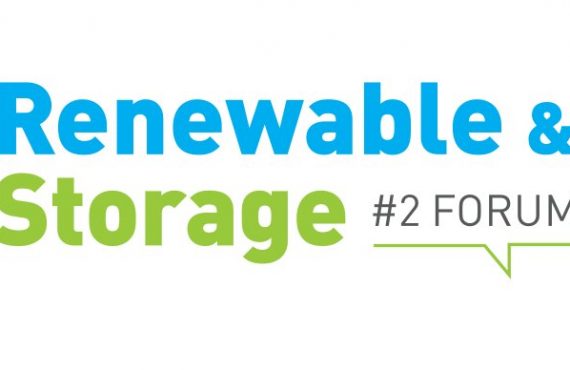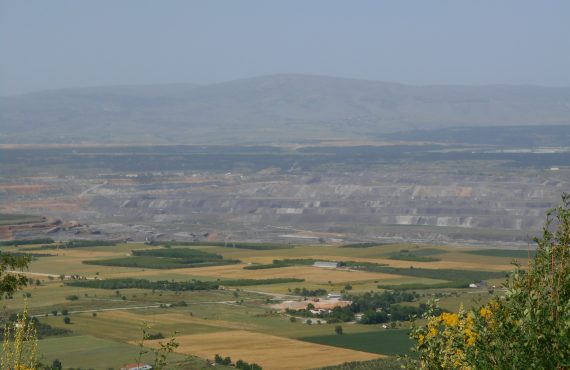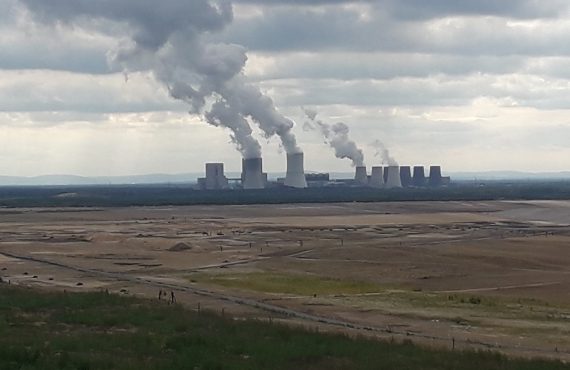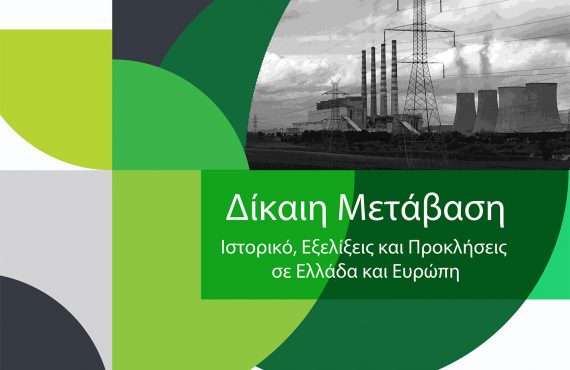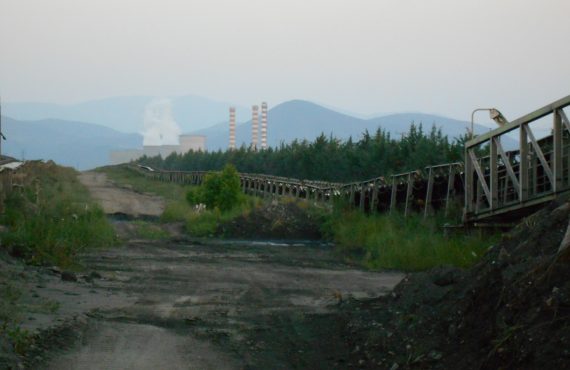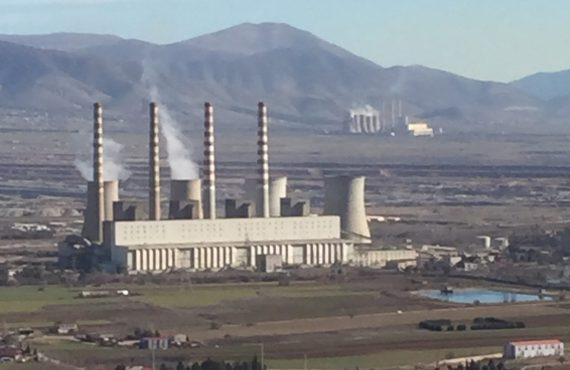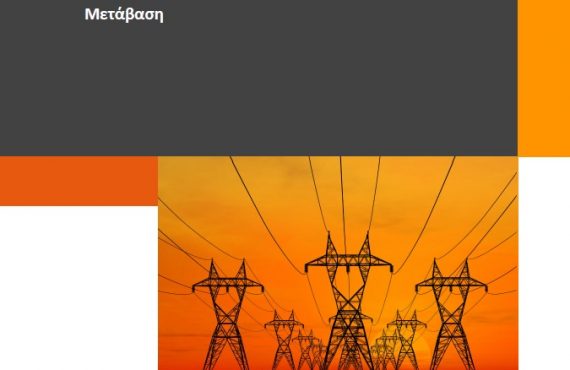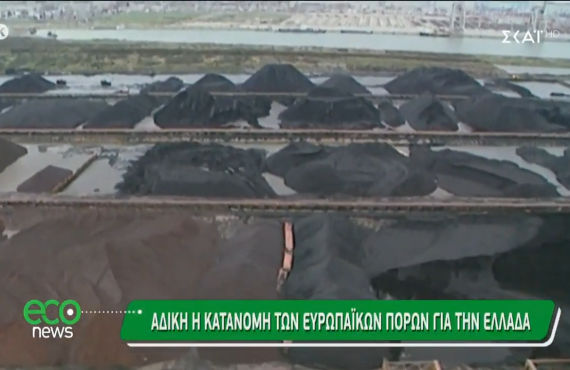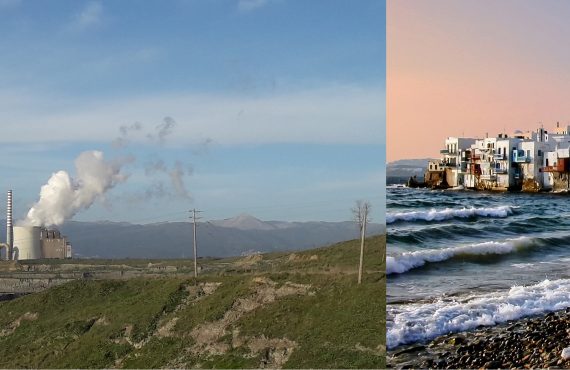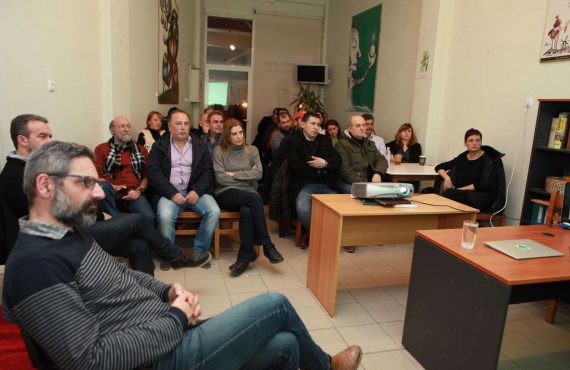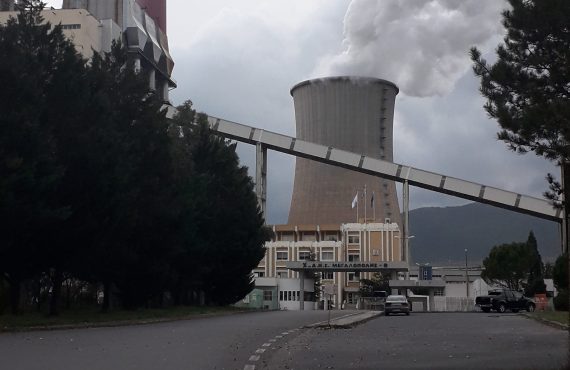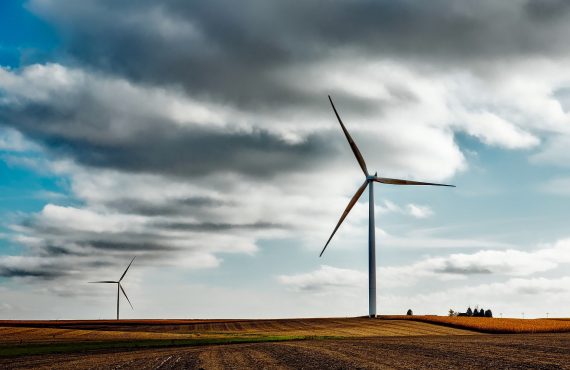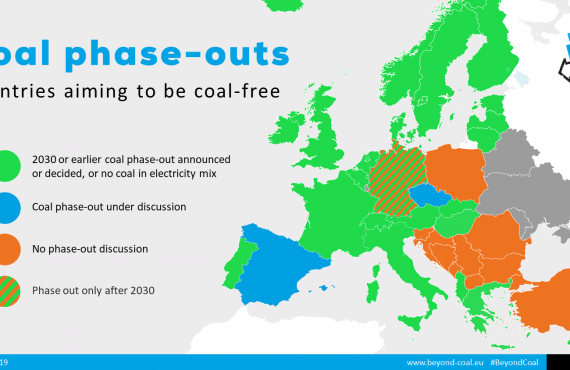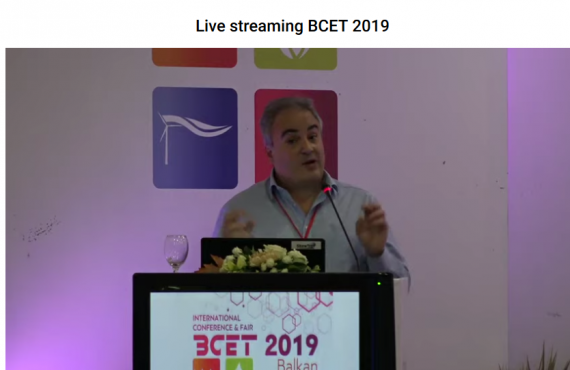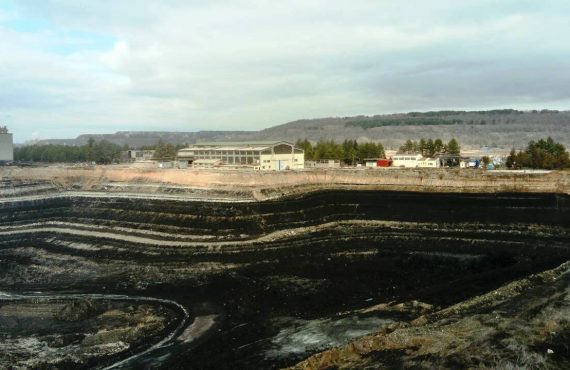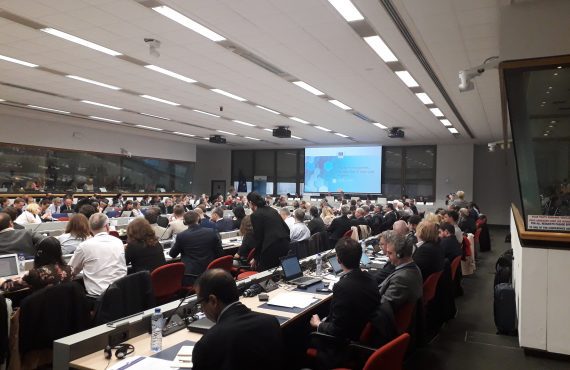The potential of making the allocation of the Just Transition Fund among the EU-27 Member States more just is revealed in a report released today by the Green Tank, an Athens based environmental think tank.
Despite the recent increase of the size of the Just Transition Fund (JTF) from €7,5 billion to €40 billion, the European Commission’s proposal offers the bulk of the funds to Member States which have not yet committed to phase out coal and lignite by 2030, leaving Member States with ambitious coal phase out commitments, with the remains.
Clearly, the source of the injustice in the allocation of the JTF is the selection of the specific allocation criteria by the European Commission. Neither the urgency nor the magnitude of the transition challenge for the 96 coal regions across the EU-27 are taken into account, despite the irreversible, accelerated collapse of coal production in the EU.
To address this injustice, several amendments on the allocation criteria have been tabled by MEPs from different political groups and Committees of the European Parliament involved with the file. As the negotiations on the JTF Regulation are entering their most critical stage, it is both meaningful and timely to analyze their effect on the allocation among Member States.
The analysis presented in the Green Tank’s report titled “Towards a more just allocation of the Just Transition Fund”, was performed with a simulation tool based on the EC’s proposed allocation methodology. The tool was employed to analyze the effects of five key amendments that have already been tabled by MEPs and compare them with the recently amended proposal by the European Commission.
The results of the analysis show that:
- Increasing the weight of the criterion on the employment in mining leaves the share that Poland receives intact, but further increases the support towards the five Member States which have not yet committed to a specific date for phasing out coal and lignite (RO, CZ, BG, SI, HR), thus deteriorating the fairness of the allocation.
- Extending the scope of the employment in mining criterion to also include employees in coal and lignite plants in addition to miners, renders the allocation more just as it increases the total amount Member States with ambitious coal phase out commitments, receive.
- Increasing the correction factor for the GNI per capita shifts funds from the economically stronger Member States such as Germany (-€626,8 million) and the Netherlands (-€178,6 million) towards the economically weaker Member States, such as Romania (+€263,7 million), Bulgaria (+€183,1 million) and Czechia (+€99,1 million).
- The inclusion of a new unemployment criterion for coal regions leaves Poland and the six Member States for which the minimum aid intensity correction is activated (BE, DK, FR, LU, AT, SE), unaffected. However, it increases the shares of Greece, Spain and Croatia, which have the highest unemployment rates in their coal and lignite regions, whereas Germany, Czechia and Romania receive less compared to the EC’s amended proposal.
- The inclusion of a new criterion on the transition speed increases the shares of Greece, Portugal, Slovakia, Hungary, Slovenia and Bulgaria, while those of Germany, Romania and Czechia decrease. Overall the allocation of funds becomes more just, since the total amount the 13 most ambitious – in terms of their coal phase out plans – Member States increases by €1,4 billion, while the amount dedicated to the seven more unambitious Member States is reduced by €1,1 billion.
“A more just allocation of the Just Transition Fund, prioritizing coal regions with more urgent transition needs, is perfectly possible and can be achieved in a variety of ways. The decision makers in the Council, the European Parliament and the European Commission need to ensure that the Just Transition Fund is spent on truly sustainable investments allocated in a fair manner rewarding the more ambitious Member States, which commit to early exits from coal”, noted Nikos Mantzaris, the Senior Policy Analyst at the Green Tank and author of the report.
You can find the complete report here.



